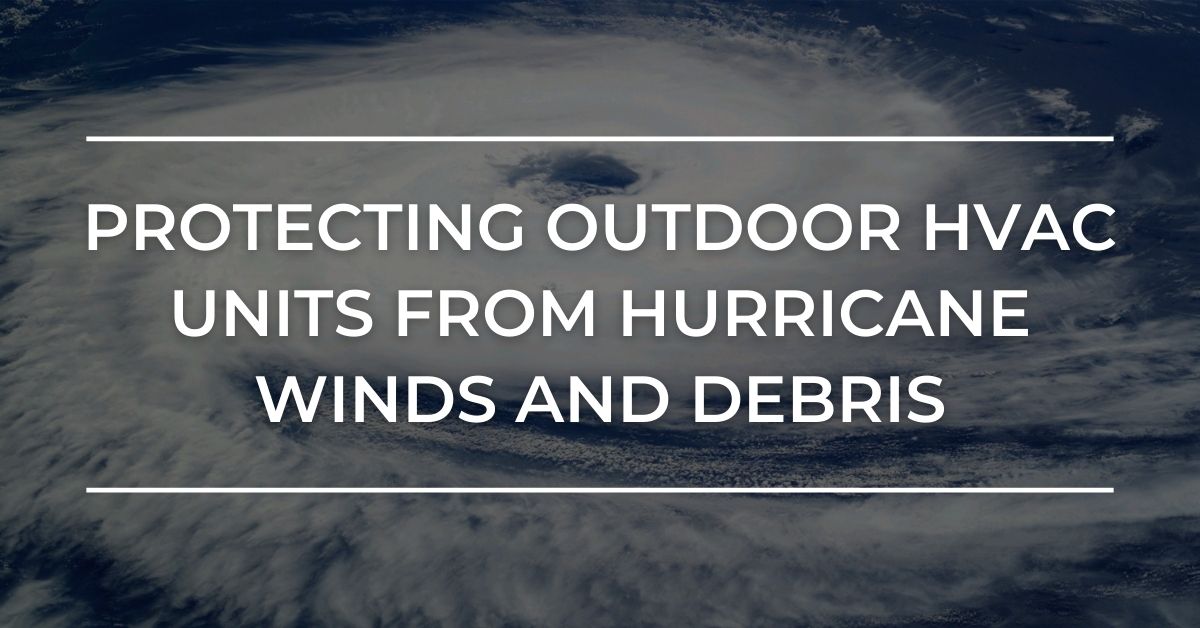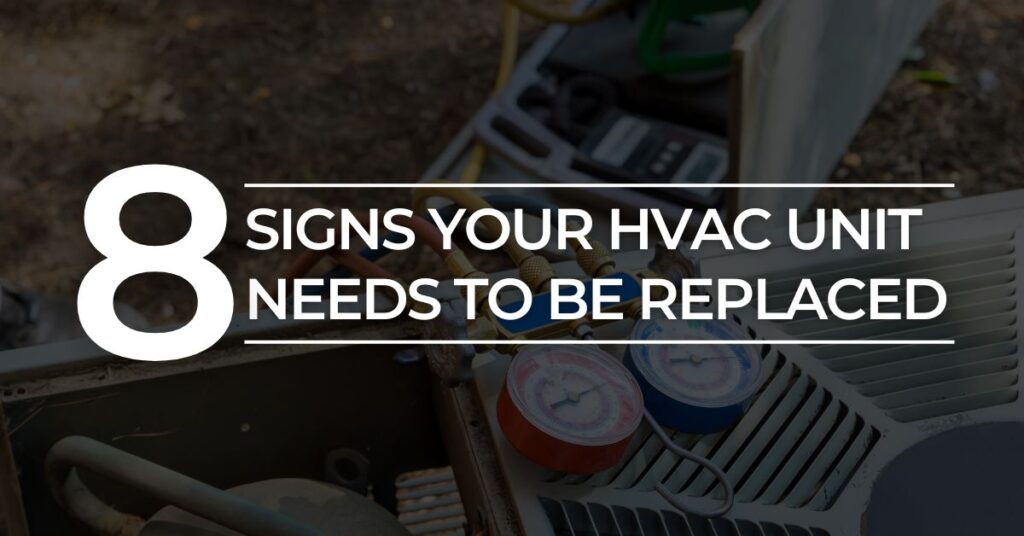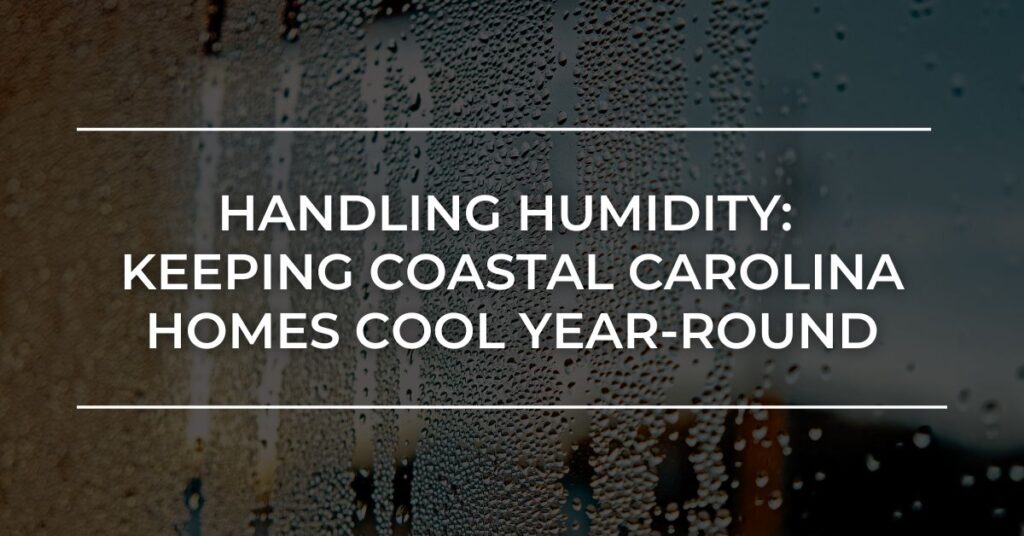
Hurricane season in North Carolina is no small matter. Whether you live in a coastal home in Wilmington, New Bern, or Swansboro, or further inland in areas like Raleigh, Clayton, or Fayetteville, the risk to your home’s HVAC system is real. Coastal homes often face stronger winds and storm surge, but as we saw with Hurricane Helene in 2024, inland communities can also take a serious hit. And for those who remember Hurricane Florence in 2018, you know just how devastating a storm can be along the coast, Florence left a trail of destruction that many homeowners are still talking about today.
How Hurricanes Impact HVAC Systems
Your outdoor HVAC unit is built tough, but it’s not indestructible. Different parts of your heating and cooling system can be compromised during a storm:
- Condenser Coils: Flying branches, roof shingles, or siding can bend or puncture the coils, restricting airflow and reducing efficiency.
- Fan Blades and Motors: High winds can push debris directly into the fan assembly, bending blades or overloading the motor.
- Electrical Components: Power surges and lightning strikes can fry sensitive boards, compressors, and controls…sometimes beyond repair.
- Ductwork Connections: Strong gusts can loosen or tear apart connections to your home, letting conditioned air leak out.
- Drainage Systems: Heavy rain and flooding can clog the condensate line, leading to water backing up into the unit and creating conditions for organic growth inside.
Knowing these risks ahead of time helps you better prepare and respond when a storm is on the horizon.
Steps to Protect Your Outdoor HVAC Unit
1. Clear the Surrounding Area
Patio furniture, grills, potted plants, and toys can turn into dangerous projectiles. Clearing the area around your HVAC unit reduces the chance of direct impact damage.
2. Anchor and Elevate
Make sure your unit is properly secured with hurricane straps or an elevated platform if you live in a flood-prone zone. This prevents shifting, toppling, or water damage during heavy rains.
3. Shut Off Power Before the Storm
Turning off your HVAC system at the breaker reduces the risk of electrical damage from surges and prevents the unit from cycling on and pulling in water or debris mid-storm.
4. Schedule a Post-Storm Inspection
Even if your system looks fine from the outside, hidden issues may exist. A professional HVAC inspection ensures your coils, fan motors, and electrical systems are safe and operational. This step can also help you identify early warning signs of organic growth inside the unit caused by excess moisture.
Coastal vs. Inland Risks
- Coastal Homes: Face higher risks of saltwater exposure, storm surge, and stronger winds that can corrode parts and push debris directly into units, as seen during Hurricane Florence in 2018.
- Inland Homes: Though less vulnerable to surges, they still face strong winds and flooding rains. Hurricane Helene in 2024 proved this point, damaging HVAC units hundreds of miles from the coast.
No matter where you live in North Carolina, hurricane prep is key to protecting your home comfort system.
Is Your Home Ready?
Your HVAC system is one of the biggest investments in your home, and one of the easiest to overlook during storm prep. By taking simple steps to secure and protect it now, you can avoid costly repairs later and restore comfort faster after the storm passes.
Have confidence after the storm! Our team at Carolina Comfort Air is here to back you up. From seasonal maintenance and storm prep to post-hurricane inspections and repairs, our team is ready to help coastal and inland homeowners protect what matters most.




